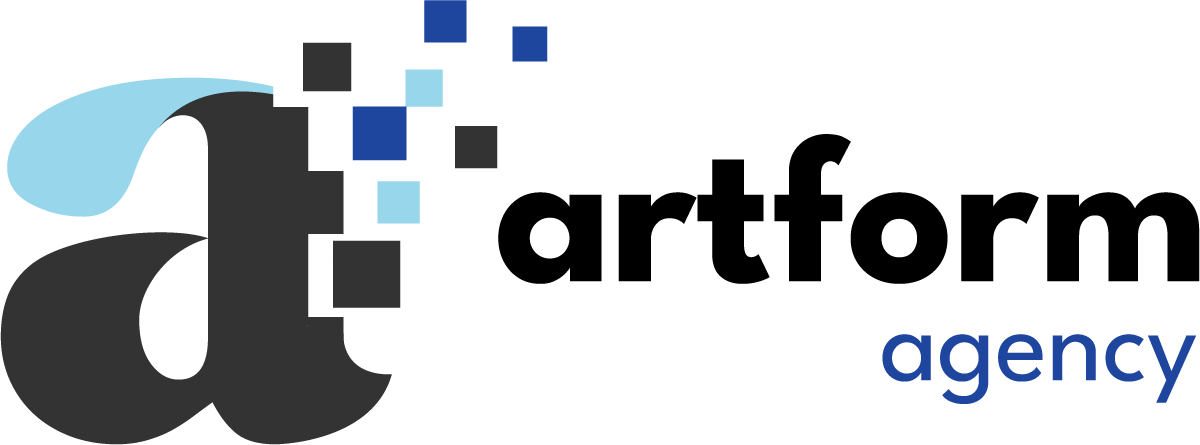Our founder and CEO, Janet Waring, sat down with The Pulse of GovCon to talk about how to find your government audience online. The following article appeared in The Pulse of GovCon on April 1, 2021.
One of the most frustrating things in Government Contracting is a vendor’s inability to identify, contact, and connect with their federal buyers. A skill critical to surviving this hyper competitive ecosystem, but rarely mastered. And truthfully, “walking the halls” in this industry has never been harder for a business developer. Whether it’s due to legal concerns or a pandemic, establishing that vital human-to-human connection in Government Contracting is becoming increasingly difficult as the federal workforce condenses.
So what is a Government Contractor to do? Well, it is time to get their virtual attention!
Now more than ever, it is imperative that Government Contractors lean on their marketing assets to ensure that every communications effort makes an impact with their federal customers. But first, they need to understand who they are targeting, what that target cares about, and where that target spends their time.
Conduct Audience Research
Similar to any effective federal bid strategy, a successful marketing and communications plan in Government Contracting starts with research. Audience research is any research conducted on a your audience to understand them. By leveraging audience research, a Government Contractor can gain an advantage in content marketing and advertising campaigns.
So where to start?
First, you want to take inventory of where your federal audience hangs out online. With a more relaxed social media policy out of the Office of Personnel Management (OPM) in 2017, “Govies” are more accessible than they used to be, which makes virtual interaction that much easier. The use of these virtual tools can be very revealing so begin to pay more attention to where they prefer to spend their virtual time.
- Podcasts – what is your audience listening to?
- Social – where do they connect with others?
- YouTube – what do they watch?
- Webinars – what are they interested in learning?
- Press /news – who does your audience trust as a news source?
- Websites they frequent – what content is your audience engaging with?
- Hashtags they use – how are they tagging their content?
- Phrases they use in their bio – what insights can you gain from how they talk about themselves and their work?
- Share phrase – what is the “language” your target audience uses when they share or repost others’ content?
- Job titles – which titles are most important to your outreach?
- Streaming platforms they watch – where are they spending their time?
After you have answered these questions – it is now time to collect the data! And this task might not be as hard as you think. From the moment an organization launches their website, publishes their first blog, sets-up their social accounts, or runs a paid advertising campaign – their marketing engine is already humming. If your organization already has an online presence, you have already been collecting audience data. Here are some tips on how to find target audience data using the tools you probably already have:
- Your Customer Relationship Management (CRM) Tool: There may not be large amounts of data in your system but it is still a great place to glean data. Break your data down into segments including top customers, disqualified leads, and highest lifetime value customers. Once you define those segments, you can identify your most-desirable and least-desirable customer groups and define their characteristics.
- LinkedIn: You can leverage an easy to install JavaScript tag that powers conversion tracking, website audiences, and website demographics for LinkedIn ad campaigns. Once a tag has been placed, you will be able to start pulling audience data, which can be found on the website demographics tab. The insights provided include location, country, job function, job title, company, company industry, job seniority, and company size.
- Facebook: You can see a large range of information about people currently interacting with your page by selecting “People Connected to Your Page”. It is still the largest social network with the most active users of all other social platforms in the world. It is a fantastic source of audience information.
- Google Analytics: With the Google “Analytics Audience” tab you can quickly understand who your audience is. Using the “Demographics” tab you can find your audience’s approximate age(s) and gender(s). The “Audience” tab includes Affinity and In-Market audiences (formerly known as interests and topic targeting) and will give you insight into your audience’s interest. An example of affinity data can be seen below:

Develop Digital Outreach Strategies
When it comes to digital content the competition for “views” is fierce in the Government Contracting universe, so Government Contractors should always ask themselves:
- What should we be writing about?
- What videos should we be creating?
- How should we be branding our social media?
- What infographics and visuals should we be creating?
- Who should that content try to reach and how?
All good questions; and the answers lie in quality research about your target audience and their online habits. Once you’ve identified where your audience is in cyberspace, you should determine digital outreach strategies to connect with them. These strategies change depending on your audience’s online whereabouts:
- Podcasts – sponsor or be a guest on the podcasts your audience follows.
- Social – know the right words and phrases to type, the right interests to start searching, the right accounts and pages to enter. Data about frequently used words and phrases, hashtags, words in bios/profiles can go directly into the Interests field in tools like Facebook, Twitter, and Google. Furthermore, you can directly target the decision-makers and company influencers through their job titles using LinkedIn advertising.
- Webinars – what webinars are your audience interested in? What are they trying to learn or what problem are they trying to solve? This is valuable information in creating your content as well as another opportunity to sponsor or guest speaker on a platform your audience already frequents.
- Media – knowing what online press and media publications your audience reads provides insight into who they trust and creates opportunities to buy advertising spaces, submit articles, and sponsor content.
- Content – by following and engaging with the sources of influence that reach your target audience, you can find the content pieces from relevant publishers that are earning engagement, and pick up the language, styles, authors, subjects, positioning, foci, and more. This is particularly useful in public relations (PR) and advertising working in Government Contracting.
- Streaming Platforms – statistics suggest your audience is spending hours of their time on streaming services. Find out which ones and buy advertising space on those platforms.
Meet Your Audience Where They Are
At the end of the day, content that earns discussion often earns engagement, and those that earn engagement often earn traffic, subscribers, and search rankings.
That is the formula for content marketing success.
Go where the competition is light, the interest high, make your contributions uniquely valuable, and watch the changes that occur in the quality of your leads and your brand reputation in the Government Contracting ecosystem.
If you would prefer to have someone do the research for you, develop a strategy, and execute it with your team, contact Janet Waring, Founding Partner at ArtForm Business Solutions.


